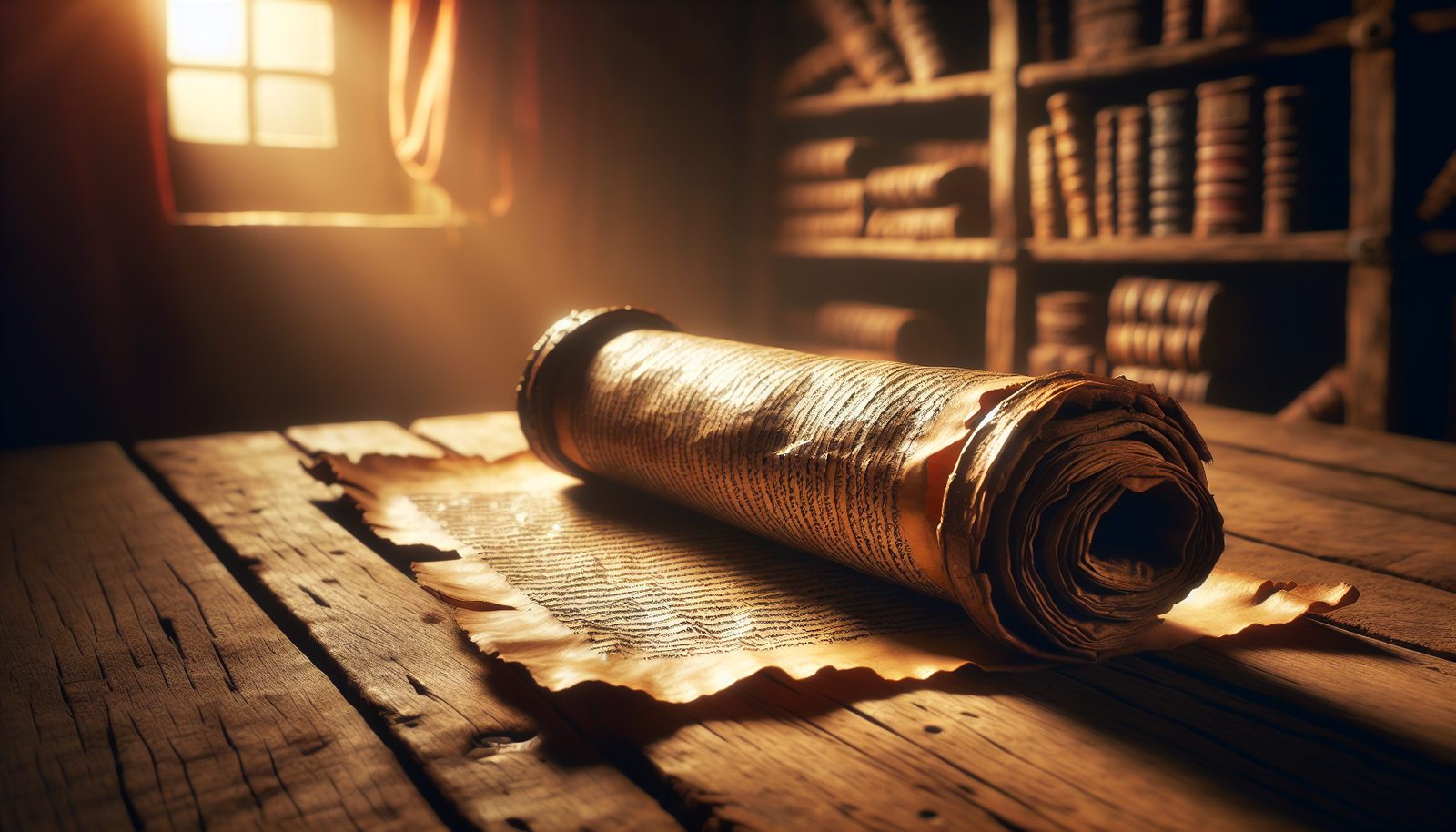Have you ever wondered how modern scientific advancements might uncover the mysteries of ancient temple rituals? As we journey through the corridors of history, connecting the ancient world with modern-day science, we find that the rituals once thought to be shrouded in mystery are slowly unveiling their secrets. Today, a fascinating interplay exists between archaeology, biblical studies, and advanced scientific techniques, offering us new insights into some of the most sacred practices from epochs long past.
Discovery Context
Biblical Reference and Historical Background
The Bible, among other ancient texts, frequently mentions temple rituals, outlining sacred practices that formed the bedrock of spiritual life in ancient communities. From the ritual sacrifices of the Israelites at Solomon’s Temple to ceremonial cleansings and offerings, these practices were not merely religious formalities but were interwoven with the social and political fabric of the time. The Book of Kings and Chronicles describe elaborate rituals involving priests, incense, and sacrificial offerings, providing a glimpse into the religious life of ancient Israel.
Geographic Location and Recent Findings
Many of these ancient temples stood in what we now identify as the Middle East, with sites scattered across modern-day Israel, Jordan, and Egypt. Recent archaeological digs have unearthed significant finds in regions like Tel Megiddo and Jerusalem, leading to groundbreaking discoveries that shed light on these age-old practices. In 2021, a team of researchers in Jerusalem discovered an altar believed to date back to the First Temple period, which has spurred renewed interest and scholarly debate about its uses and the nature of the rituals performed there.
Archaeological Evidence
Specific Artifacts and Dating Methods
Archaeologists have uncovered a wealth of artifacts that provide tangible links to ancient rituals. Of particular interest are altars, incense burners, and ceremonial tools, many of which bear intricate carvings and inscriptions. Carbon dating and stratigraphy have been vital in establishing the timeline of these artifacts, helping researchers accurately date them to specific periods and contexts.
Physical Descriptions and Expert Interpretations
These ritual objects often carry specific physical characteristics that reveal their purpose and significance. For instance, some altars have grooves designed for the draining of blood, hinting at sacrificial uses. Experts like Dr. Ruth Lehmann, a leading figure in Biblical archaeology, interpret these artifacts as central elements of worship, offering crucial insights into the theological beliefs and societal norms of the time. Dr. Lehmann notes, “These objects are not just remnants of the past; they are texts in themselves, etched with the narratives and spiritual yearnings of ancient cultures.”
Unearthed Objects and Critical Analyses
A recent excavation in Tel Arad unveiled pottery shards containing residues of frankincense and other resins, substances highly prized for their symbolic and aromatic properties in ritualistic contexts. Such finds provide critical analytical points, showing that certain resources traversed vast trade networks before playing roles in sacred ceremonies. Chemical analysis further illuminates how these materials were used, shedding light on their spiritual significance.
Significance
Biblical Implications and Historical Impact
These archaeological discoveries are not just significant for what they reveal about past practices but also for how they help reinterpret Biblical narratives. Understanding the tangible reality of Biblical rituals allows scholars and theologians to reassess and sometimes rewrite parts of religious history. It frames these rituals not merely as mythic or legendary but as real, tangible practices that shaped individual and community identities.
Modern Understanding and Research Status
The fusion of modern science with archaeology has bolstered the field, providing more nuanced understandings of ancient rituals. Technology such as 3D scanning, ground-penetrating radar, and isotope analysis enhances excavation accuracy and artifact conservation, enabling researchers to work with greater precision. Ongoing research continues to unravel these mysteries, with institutions worldwide collaborating to piece together the rich tapestry of ancient religious life.
Exploratory Insights and Current Challenges
Despite significant advancements, challenges remain—particularly in interpreting findings within the correct cultural and temporal contexts. Contemporary scholars are mindful of not imposing modern preconceptions on ancient practices, an effort that calls for continued interdisciplinary dialogue between archaeologists, historians, and theologians. The vibrant discussions generated by these findings also highlight the need for a balanced perspective that honors both scientific rigor and cultural sensitivity.
Conclusion
In unraveling the intricacies of ancient temple rituals, you are invited to explore a world where faith and practice intertwined, influencing societies in profound ways. The convergence of modern science and archaeology opens windows to our past, offering insights into the communal and spiritual dynamics of early civilization. As researchers continue to unearth and analyze these artifacts, the potential for further discoveries remains immense, promising to deepen our understanding and appreciation of the ancient world. In engaging with this evolving field, you play a part in preserving and interpreting the wealth of human history, enriching both current knowledge and future explorations.






